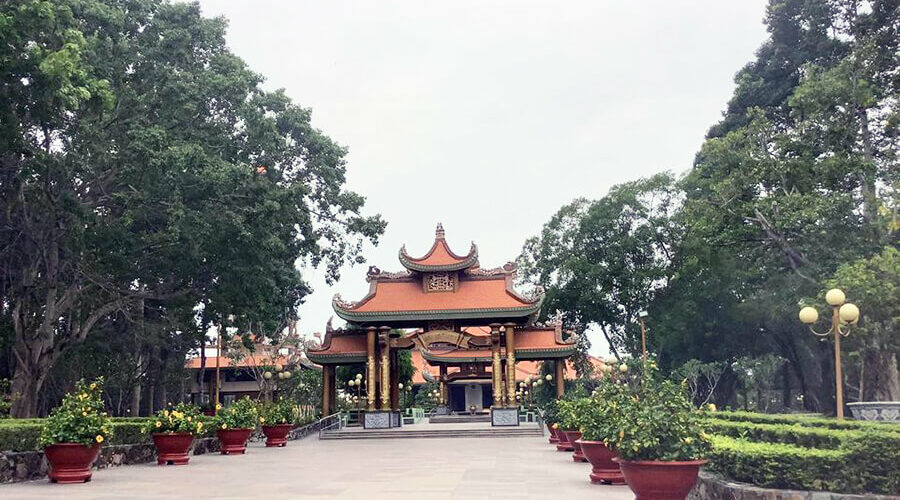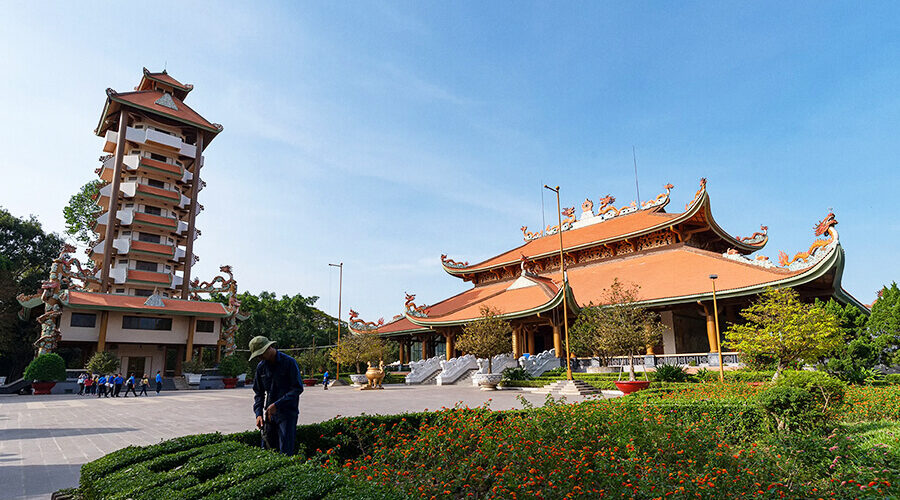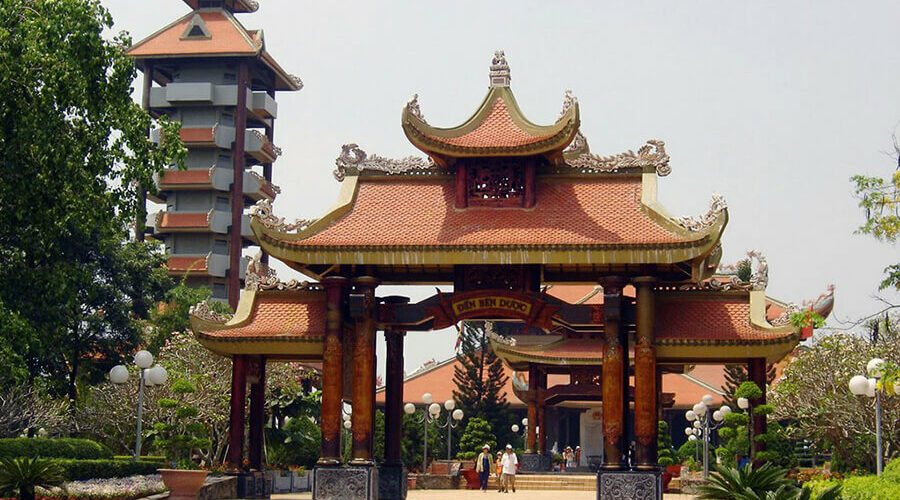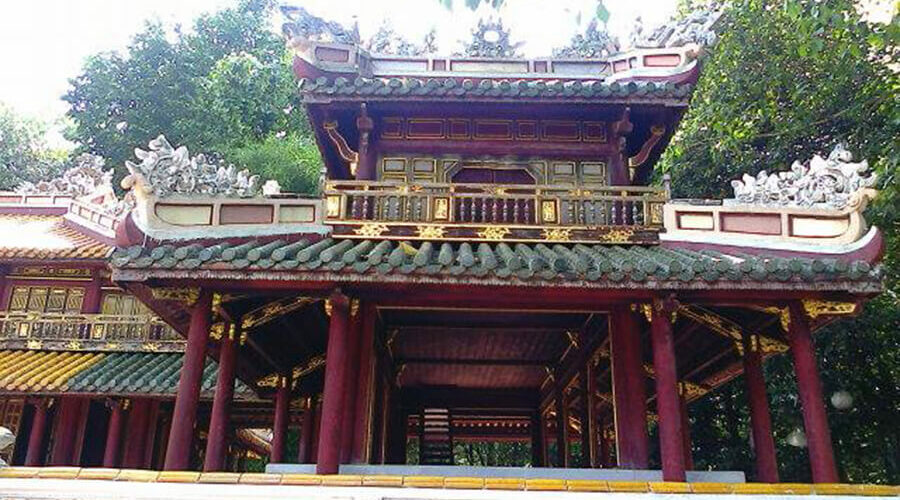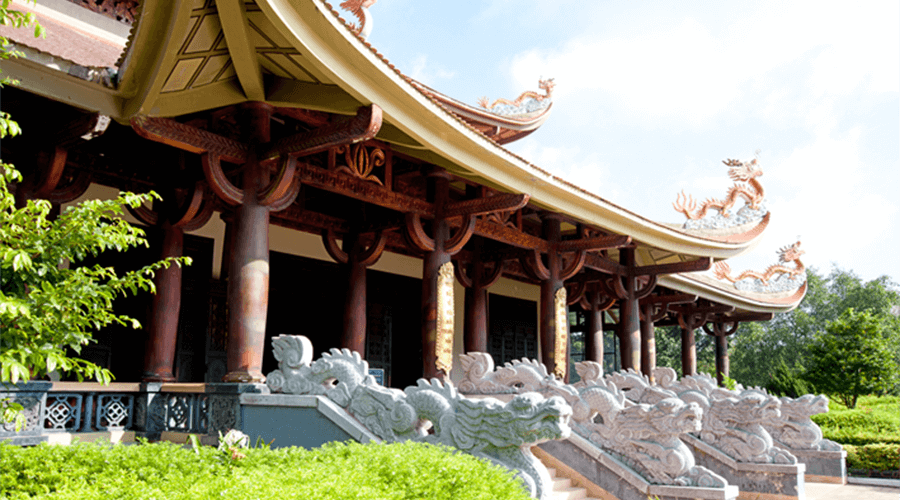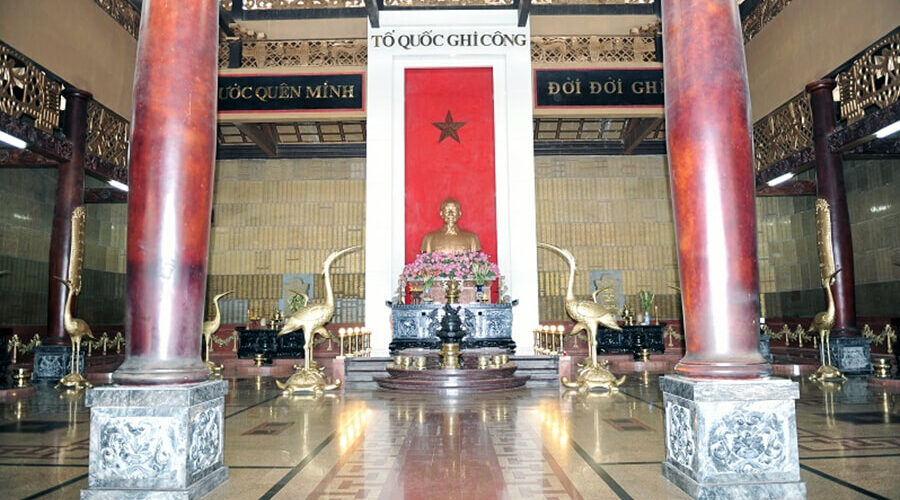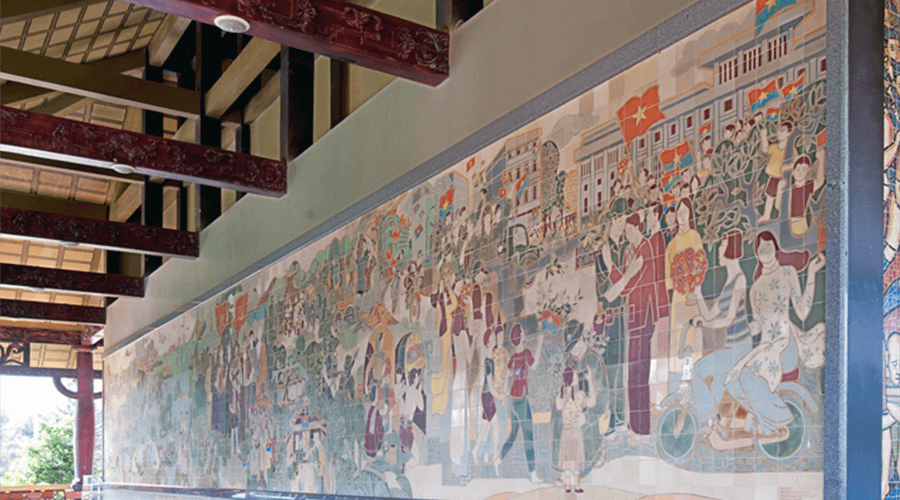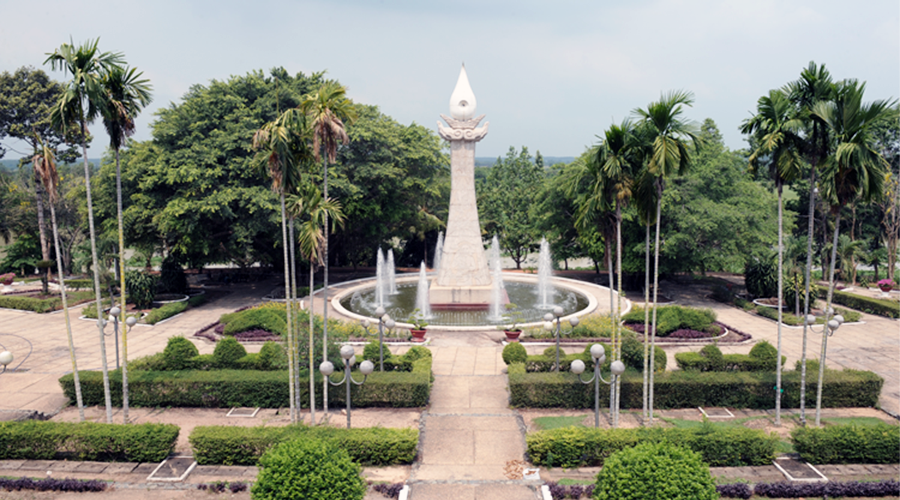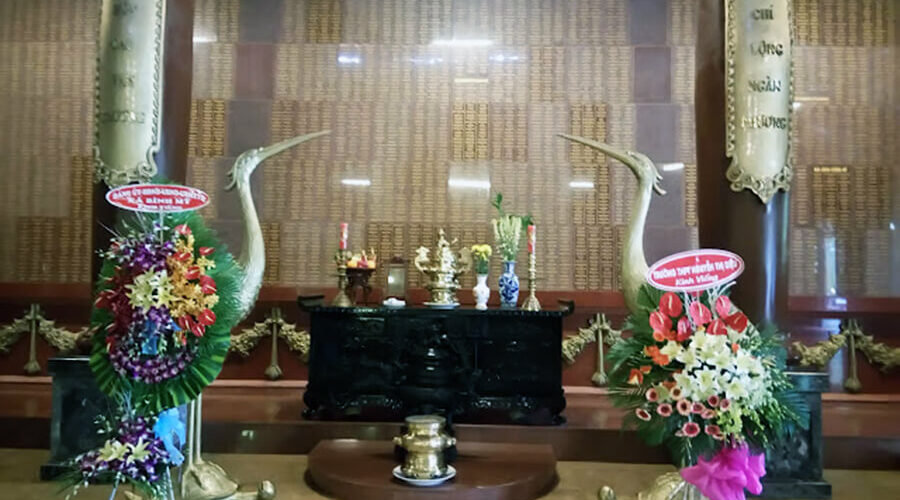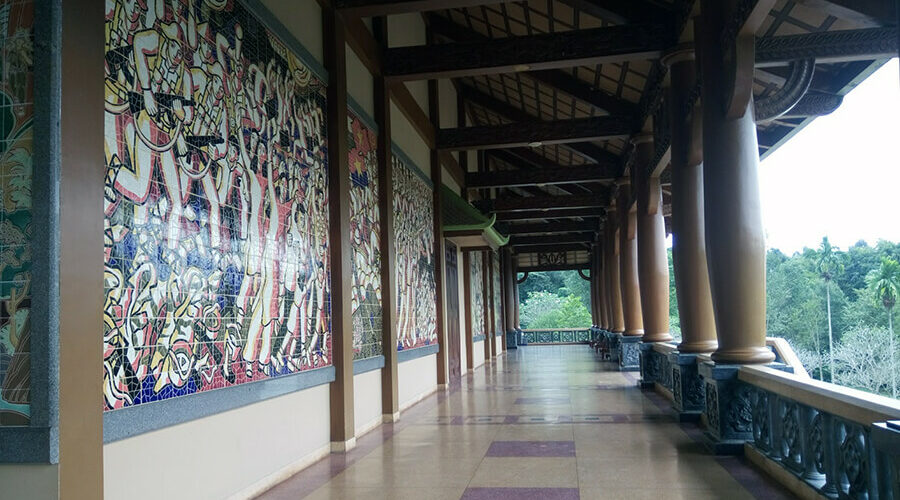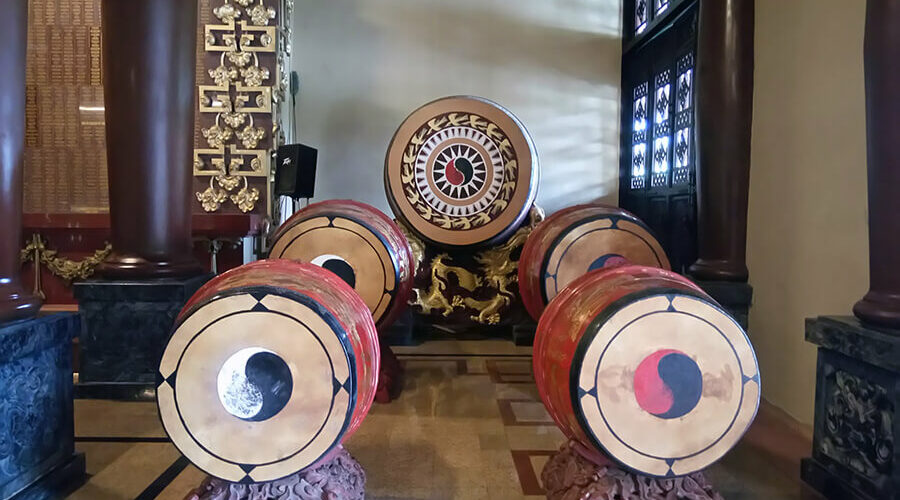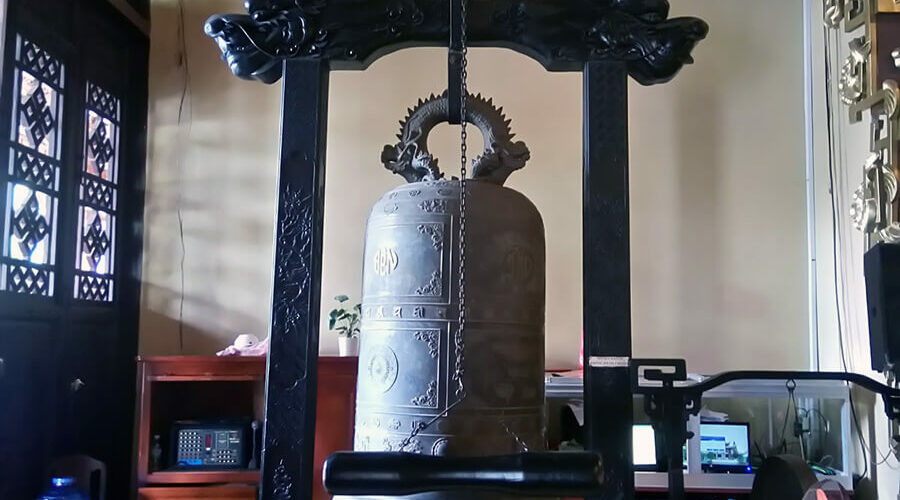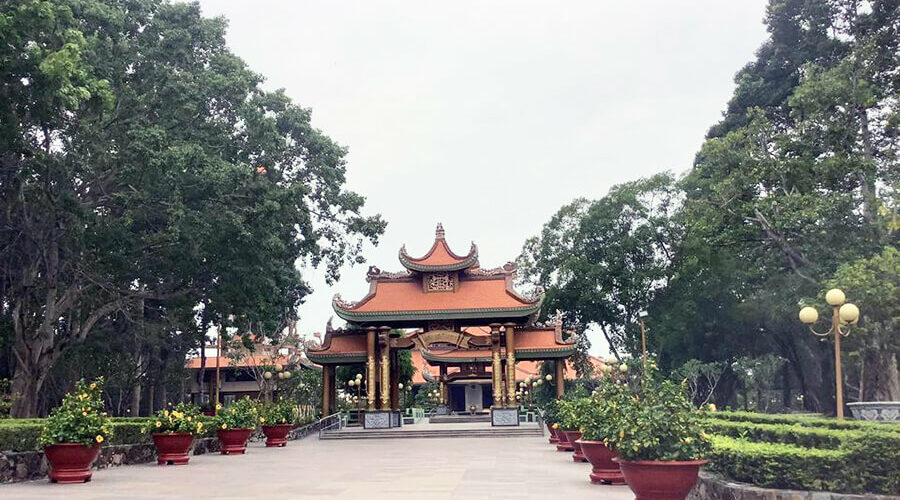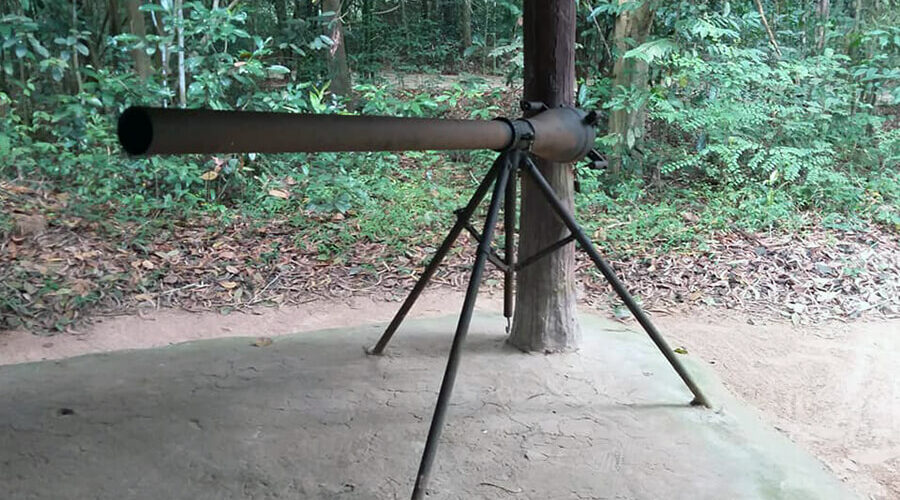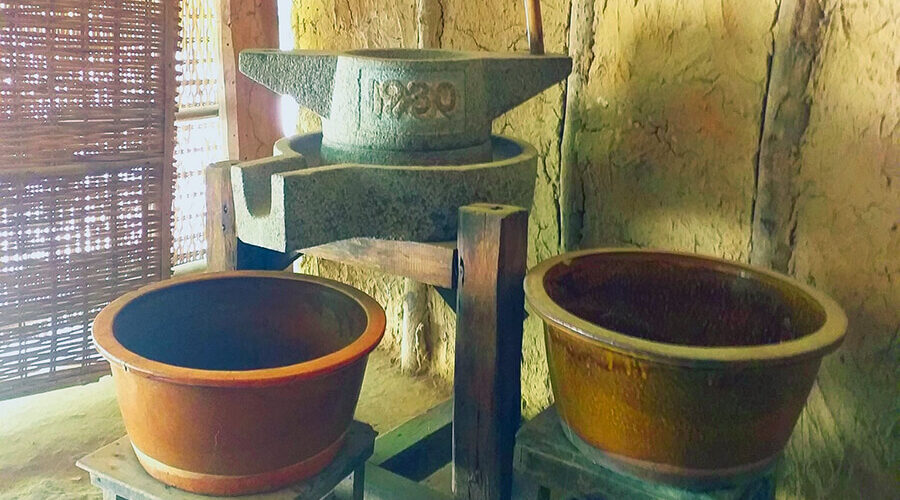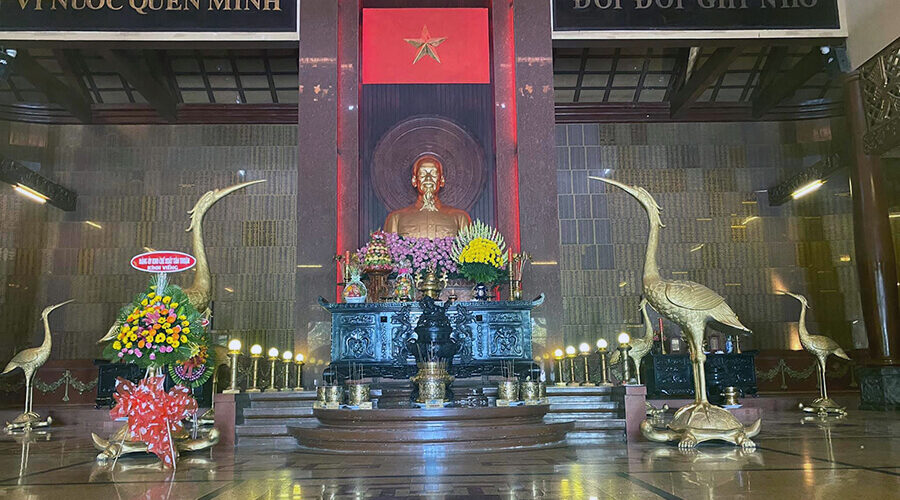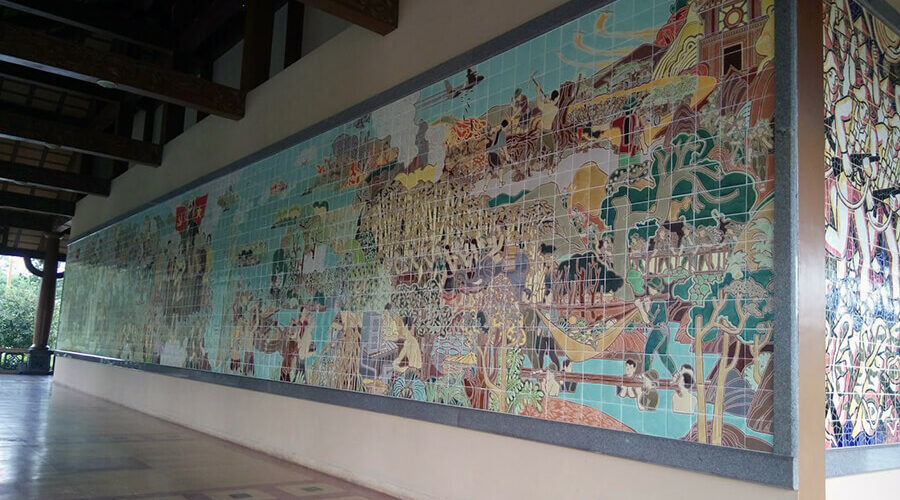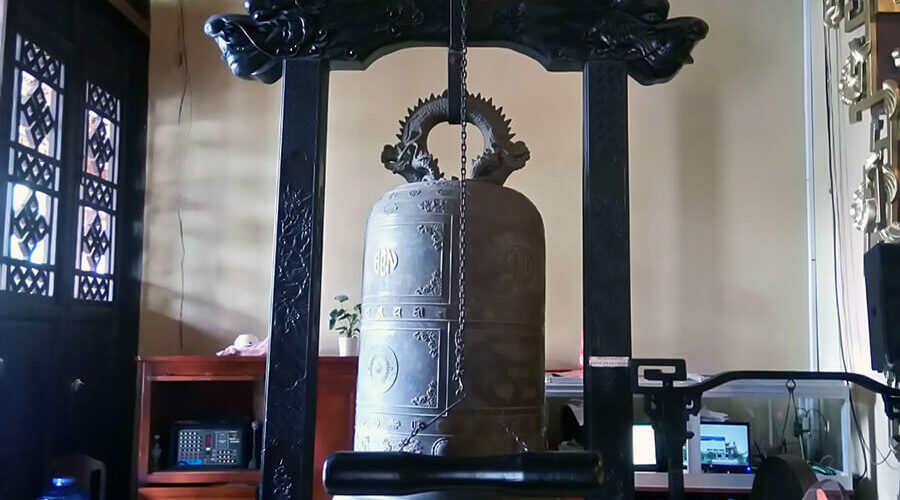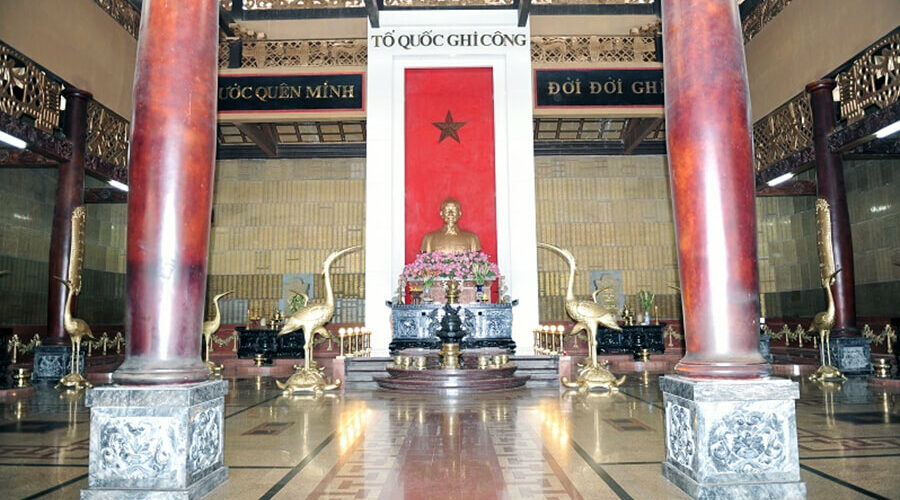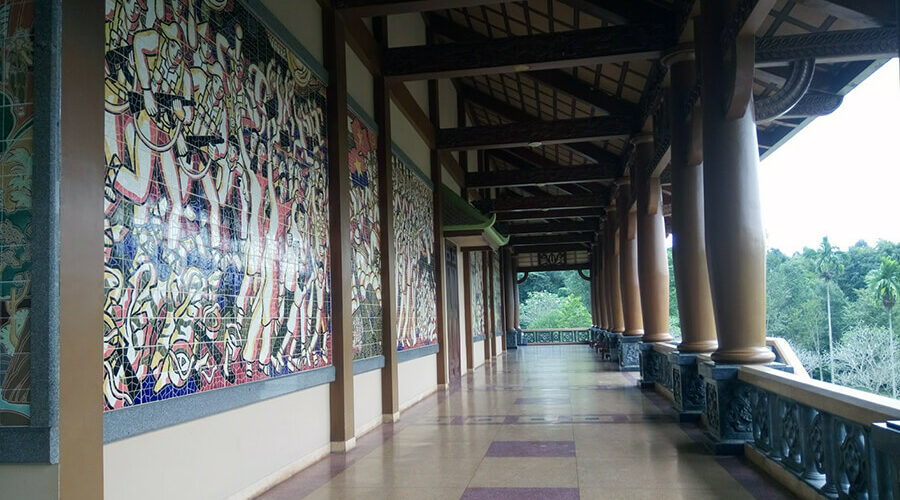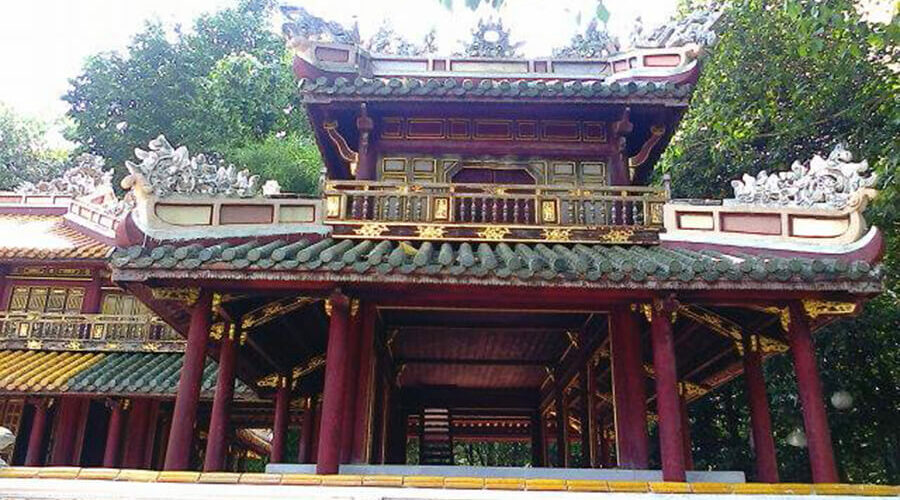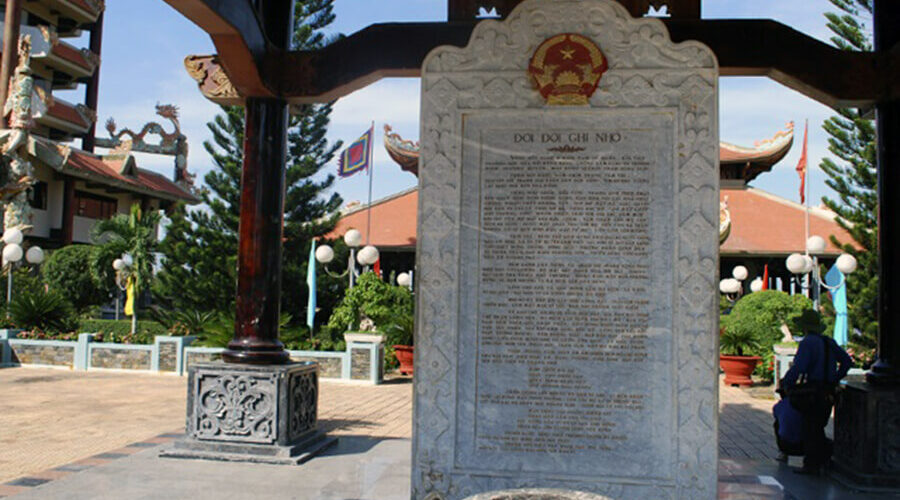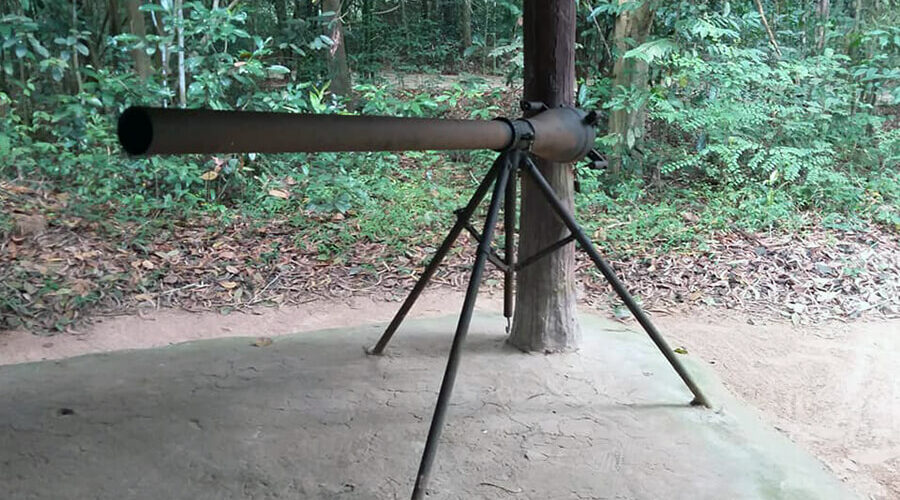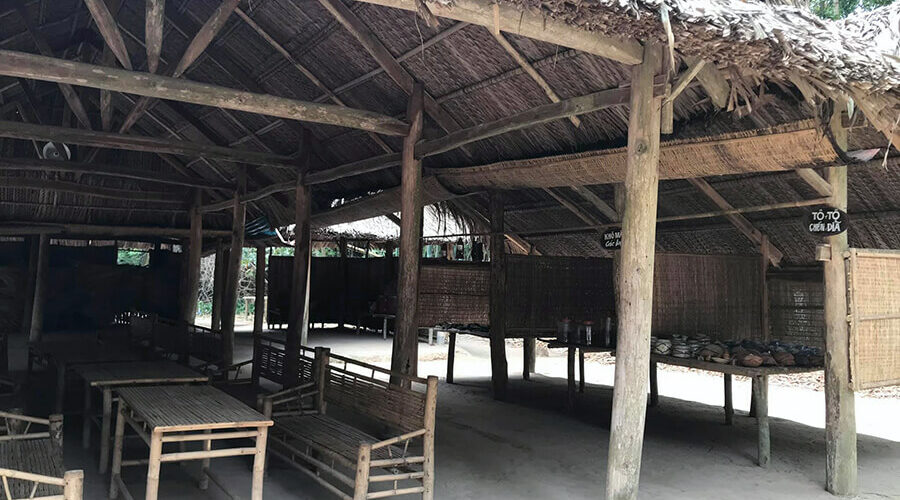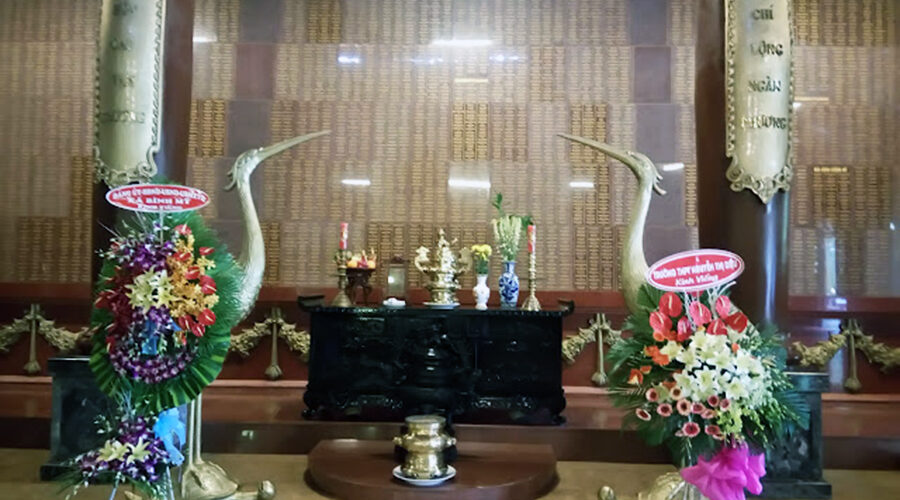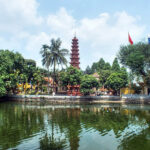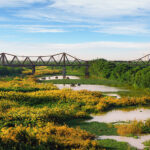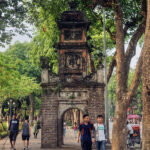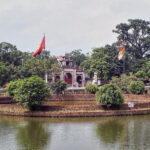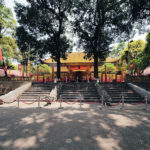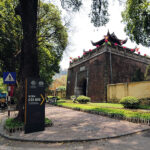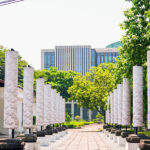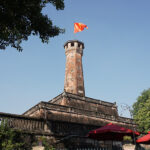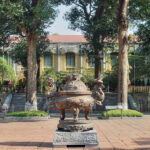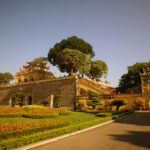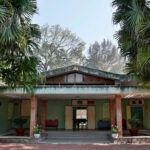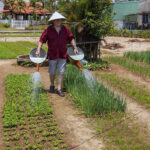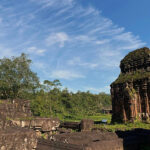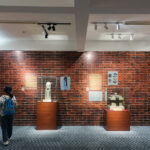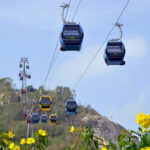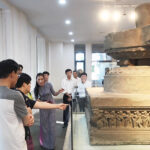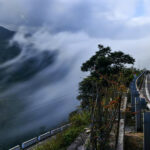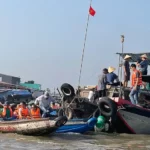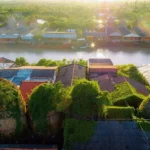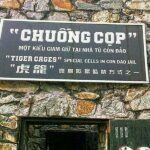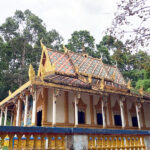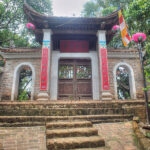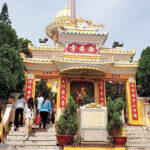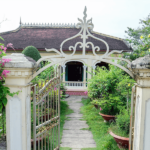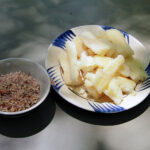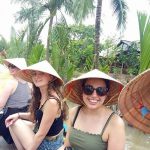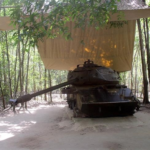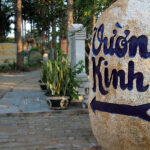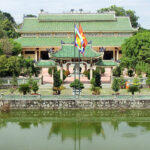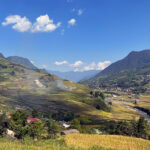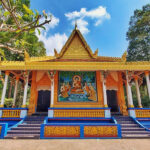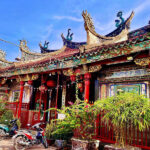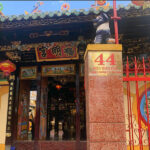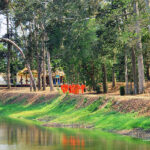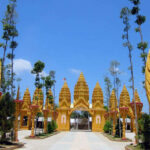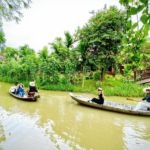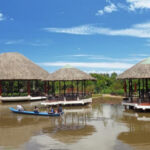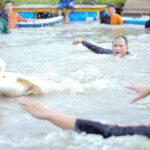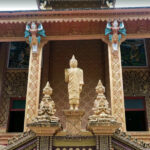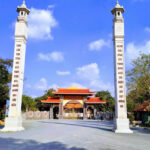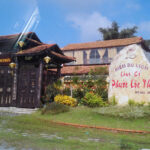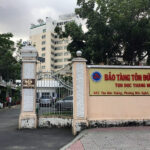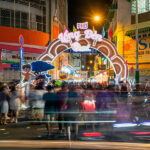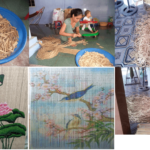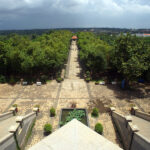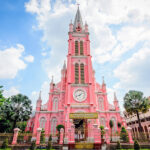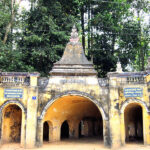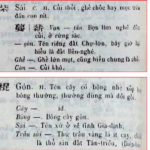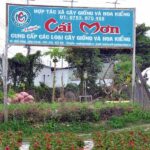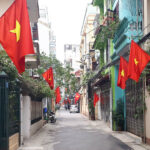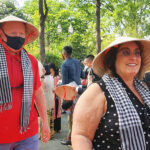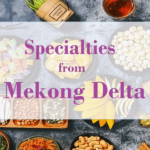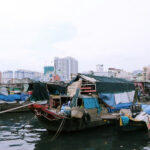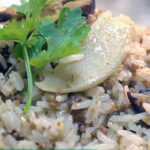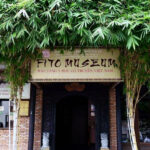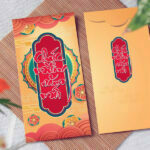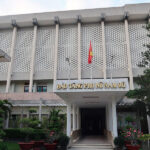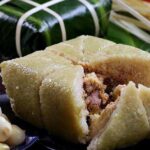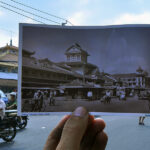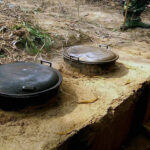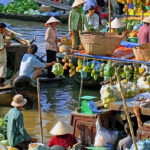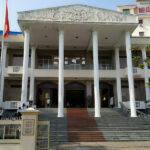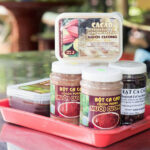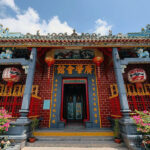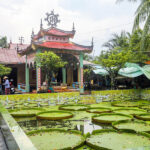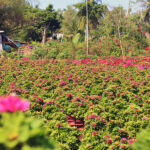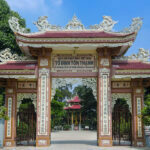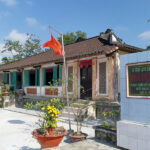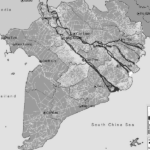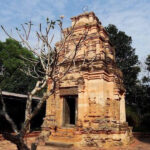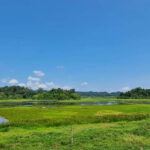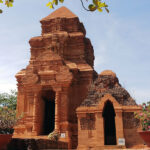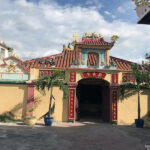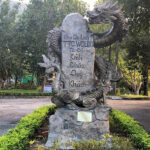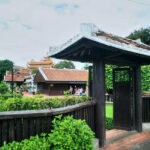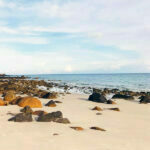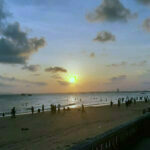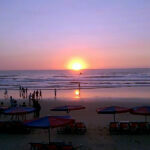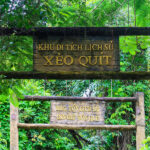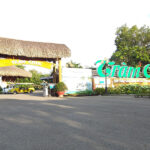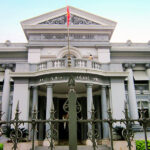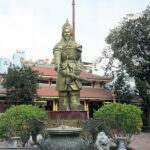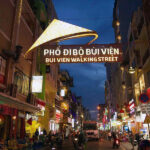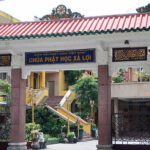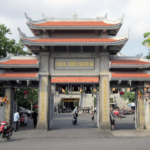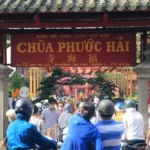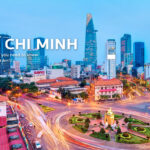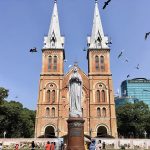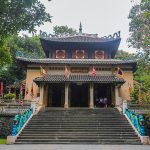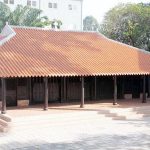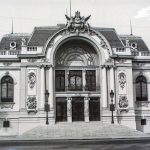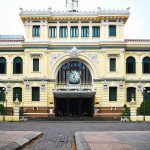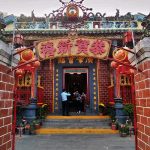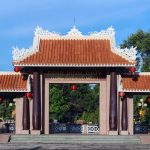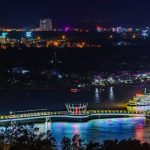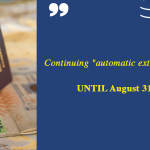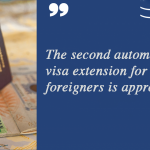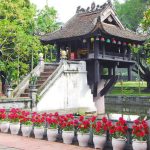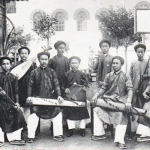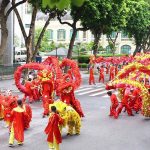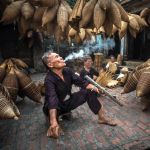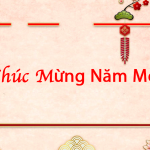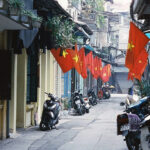Ben Duoc Memorial Temple (Vietnamese: đình tưởng niệm Bến Dược), is a historical and cultural work of the Party Committee and people of Ho Chi Minh City. The temple was built to commemorate the great gratitude of the soldiers and people who fought and sacrificed on the land Saigon – Gia Định in the two resistance wars against the French and Americans.
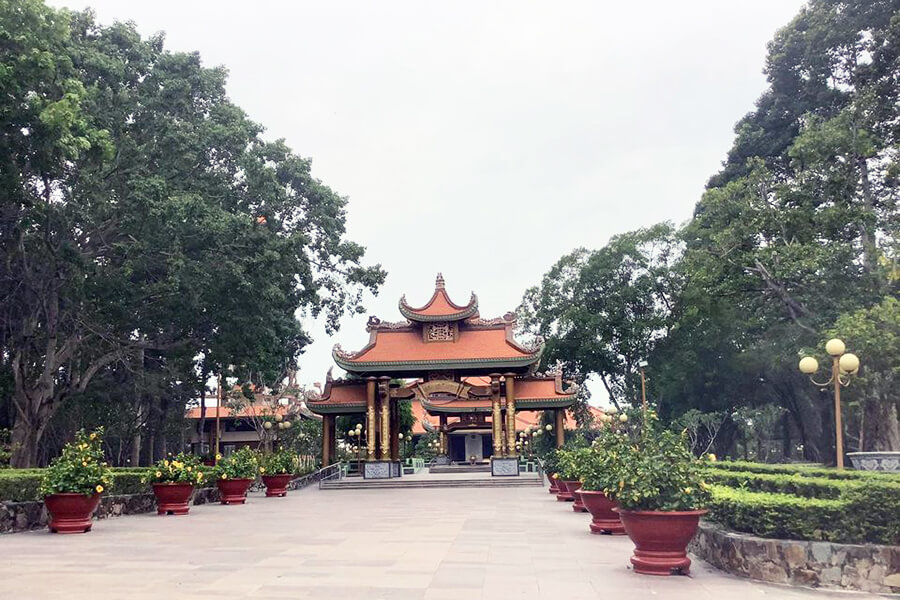
The temple was started on May 19, 1993, on the occasion of the 103rd birthday of President Ho Chi Minh, the beloved leader of the Vietnamese nation. It’s located on an area of 7 hectares in the complex of the relic site of Cu Chi Tunnels. On December 19, 1975, the Memorial Temple was inaugurated to welcome domestic and foreign delegations to commemorate, offer incense and meditate. Furthermore, Ho Chi Minh City Party Committee – People’s Council – Fatherland Front has also chosen December 19 every year as a festival to commemorate and pay tribute to heroic martyrs.
Ben Duoc Memorial Temple includes the following items:
Three-arched-entrances gate:
The three-arched-entrances gate is built in the traditional style of the nation with round columns, roofed with yin-yang tiles. The gate has patterns, textures, curved roofs of village communal houses but is renovated with new materials.
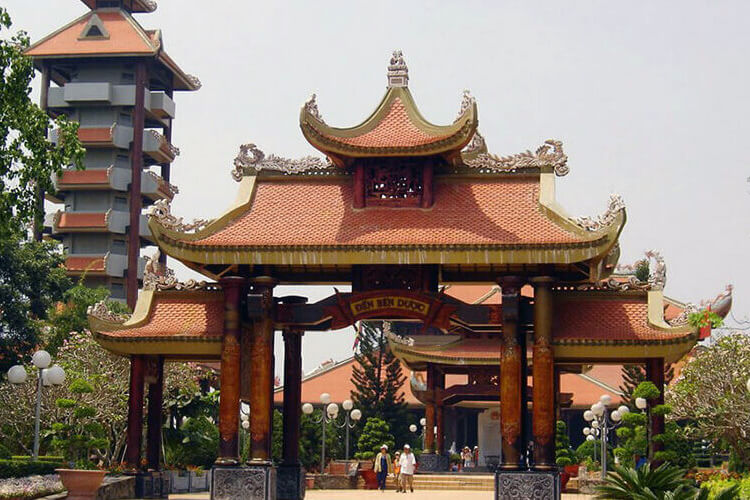
In the middle of the gate is a signboard with the title: Ben Duoc Memorial Temple and on the columns are the couplets of the poet Bảo Định Giang:
– To spread the heart for the country
– To bring red blood to protect the homeland
– Remembering merit, sweet-smelling incense is burned one stick
– Life still has the shadow of a bright star for a thousand years
Inscription house
The inscription house is a square house with two roofs, tiled. In the middle, there is a stone stele 3m high, 1.7m wide, 0.25m thick, weighing 3.7 tons.
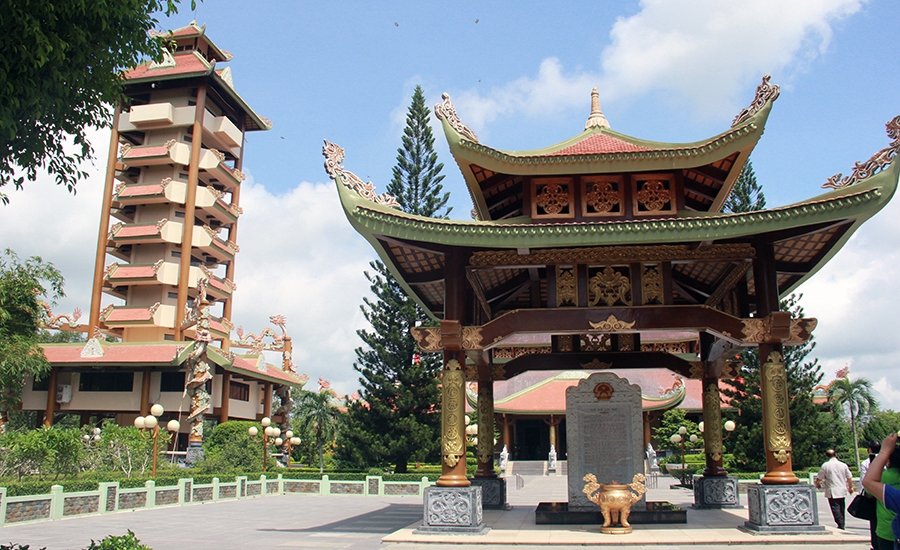
This stele is taken from a stone block weighing 18 tons in Ngu Hanh mount (in Da Nang) and carved by artisans with unique national patterns. The essay was engraved in stone with the title “Eternal Memorization” of the poet Viễn Phương, selected in a contest with 217 writings in 29 cities and provinces.
Main Temple
The architecture looks like an ancient temple of Vietnam, both sacred and quiet. The shrine is arranged in a U shape: the center is the altar of the fatherland, in the middle is a statue of President Ho Chi Minh, above it is written: For the country forgets ourself – Fatherland attribution – Eternally remember.
On the left and right are two altars to worship the ancestors, martyrs, people, and unknown soldiers who have sacrificed for the country. Along the left wall is the names of martyrs of the political party, the right wall is the names of martyrs of the armed forces.
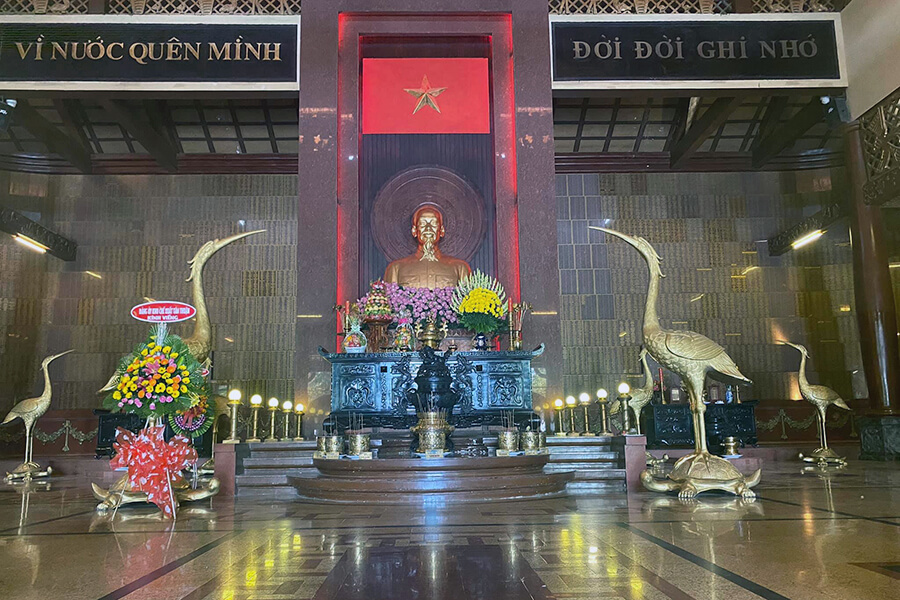
The martyr’s name is engraved on the marble stele, gilded letters. There are 44,520 martyrs inscribed in the temple, including Vietnamese heroic mothers, heroes, and revolutionary martyrs, including 9,322 martyrs from other provinces and cities.
Outside the main temple, wall are three monumental ceramic paintings made by the University of Fine Arts, expressing the following contents: People reclaim waste land to establish the country; To give strength to resist against the invaders; Our people were oppressed by the domination & rise up to unite and fight for victory.
Nine-story tower
The tower represents the rise up to the pinnacle of future fame. The tower has 9 floors and 39m high. On the wall of the tower, there are many patterns and reliefs showing the life and fighting of the local.
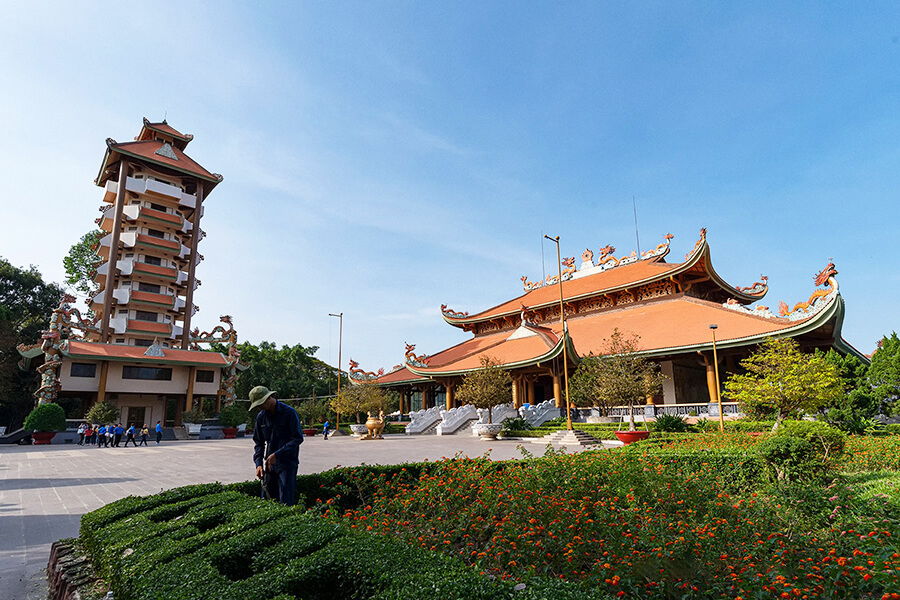
The high floor of the tower allows us to see part of the revolutionary base where the landmark has entered the history of the Iron Triangle.
Folower Garden
From the land full of bomb craters, devastated by war, now the temple has a smooth, beautiful flower garden that blooms all year round with a variety of precious ornamental plants donated by many artisans and organizations. In particular, the leaders of the central government, cities, and provinces planted many kinds of precious trees in the garden in front of the temple.
The garden behind the temple has a symbol of the sacred soul of the country. It is made of granite 16m high, weighing 243 tons, placed in the middle of the flower garden facing the Saigon River. The symbol is represented by the image of a tear, describing the pain and loss of generations of Vietnamese people who have fought and sacrificed to preserve the country.
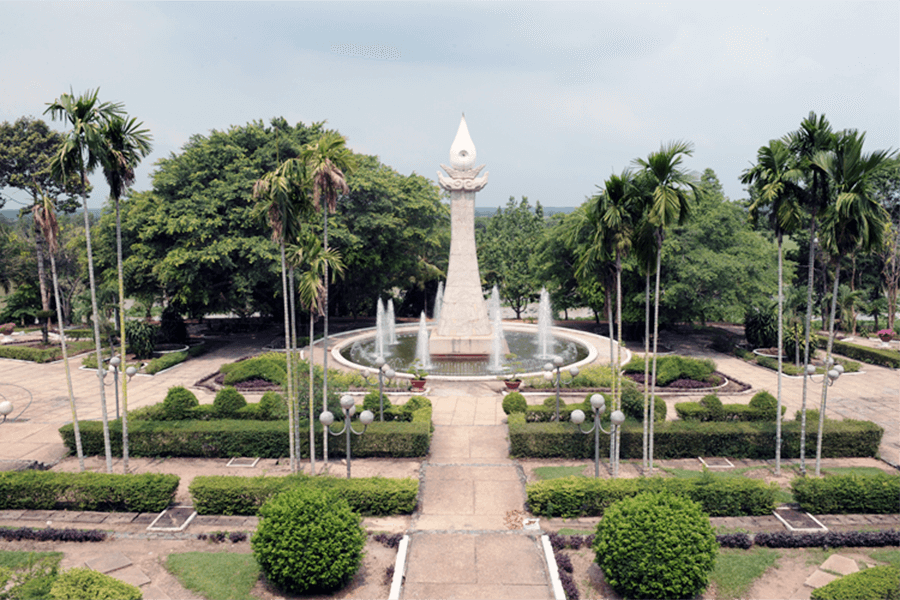
The whole block of icons is visualized as a lotus being held by the hands. On the body of the symbol is engraved some images of historical events in Vietnam from the time when Hùng King founded the country to the day of reunification on April 30, 1975.
Basement
The basement of the temple has 9 spaces, with the theme of resilient and indomitable Saigon Cho Lon, representing typical events in the war period of the army and people in the Iron Triangle in particular and the Vietnamese people.
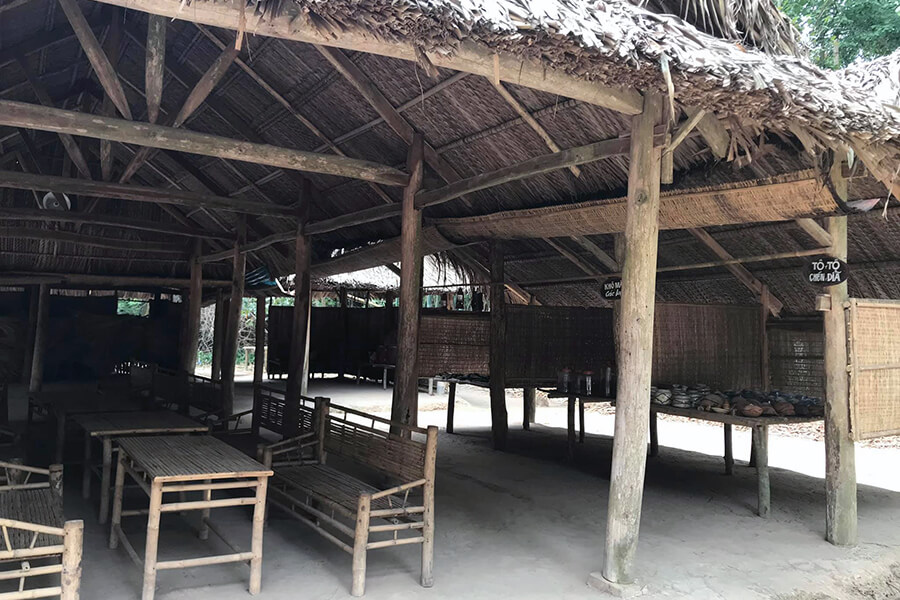
In general, against the pointless war of the empire and its henchmen. These events are vividly reproduced by monumental paintings, statues, tables, artifacts, architectural art forms, and sculptures….Each space represents historical content.
Ceramic painting
This ceramic painting consists of 3 panels, placed on the exterior wall of Ben Duoc temple (Cu Chi) in August 2001. The work by lecturers and artists of Ho Chi Minh City University of Fine Arts is shown through three monumental murals, praising the history of exploring, building and protecting the land of Saigon – Gia Dinh since ancient times. until the great victory in spring 1975.
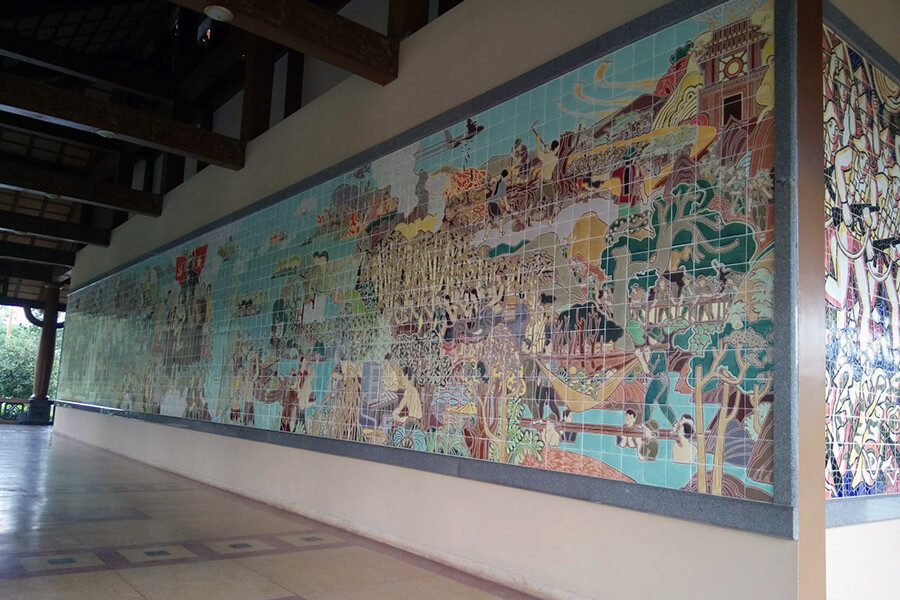 The painting is assembled from ceramic tiles measuring 20 x 20 cm and 10 x 10 cm. The first painting describes the content “The people reclaim the land”, showing 5 chapters: the first chapter: fighting with nature in the process of conquering the new land; The second chapter is reclamation; The third chapter: in the middle is the person who was instrumental in opening the land: The inauguration ceremony of Marquis Nguyen Huu Canh, on the right describes economic activities: building citadels, establishing markets…, on the left are cultural activities such as: processions, lion dances ; The fourth chapter is the achievements in life and the fifth chapter is the struggle against invasion.
The painting is assembled from ceramic tiles measuring 20 x 20 cm and 10 x 10 cm. The first painting describes the content “The people reclaim the land”, showing 5 chapters: the first chapter: fighting with nature in the process of conquering the new land; The second chapter is reclamation; The third chapter: in the middle is the person who was instrumental in opening the land: The inauguration ceremony of Marquis Nguyen Huu Canh, on the right describes economic activities: building citadels, establishing markets…, on the left are cultural activities such as: processions, lion dances ; The fourth chapter is the achievements in life and the fifth chapter is the struggle against invasion.
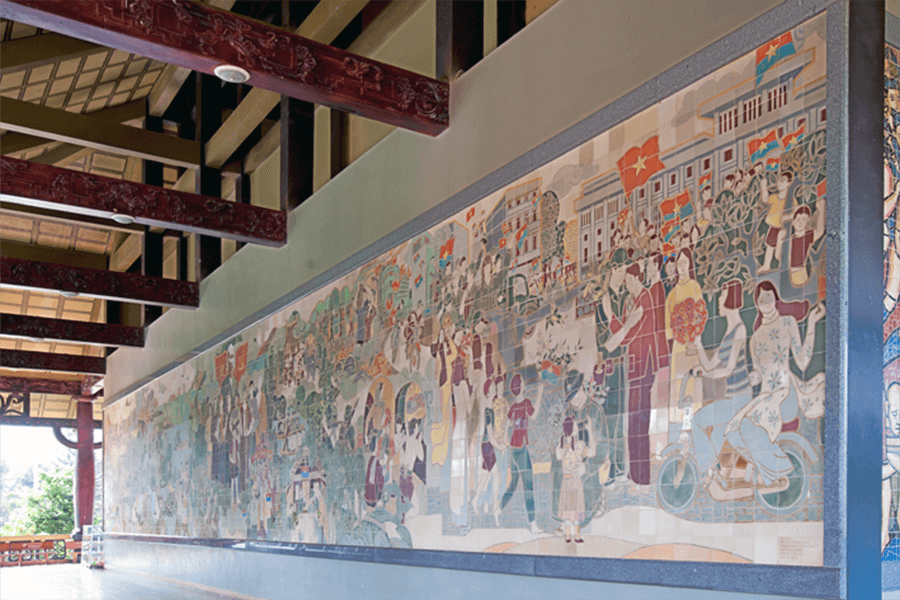
Ben Duoc Memorial Temple is built by architects, scientists, historians, politicians, construction engineers and other dedicated people to create a harmonious and airy architectural complex with Vietnamese cultural identity, delicate and gentle way like the soul of the Vietnamese nation.
Useful information
- Location: 6, Phú Mỹ Hưng, Củ Chi, Ho Chi Minh city.
- Best for: Family, solo, students, researchers…
- Entrance: 90,000 VND/ a ticket.
- Opening Hours: Daily 07:00 – 17:00
Vietdreamtravel is also providing tour to visit Cu Chi Tunnels – Ben Duoc, please don’t hesiage to contact us for more detail.
